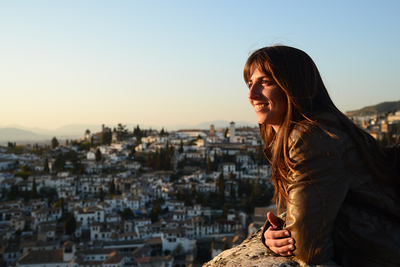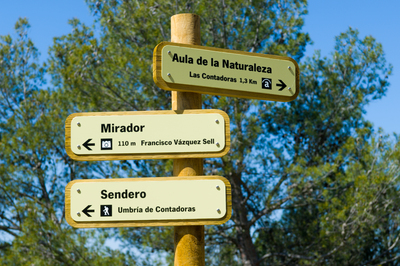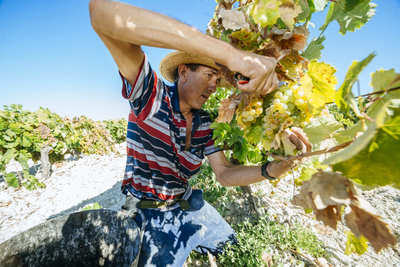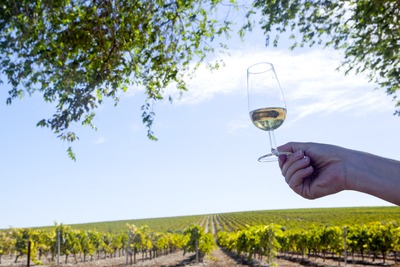Malaga, unusual craftsmanship
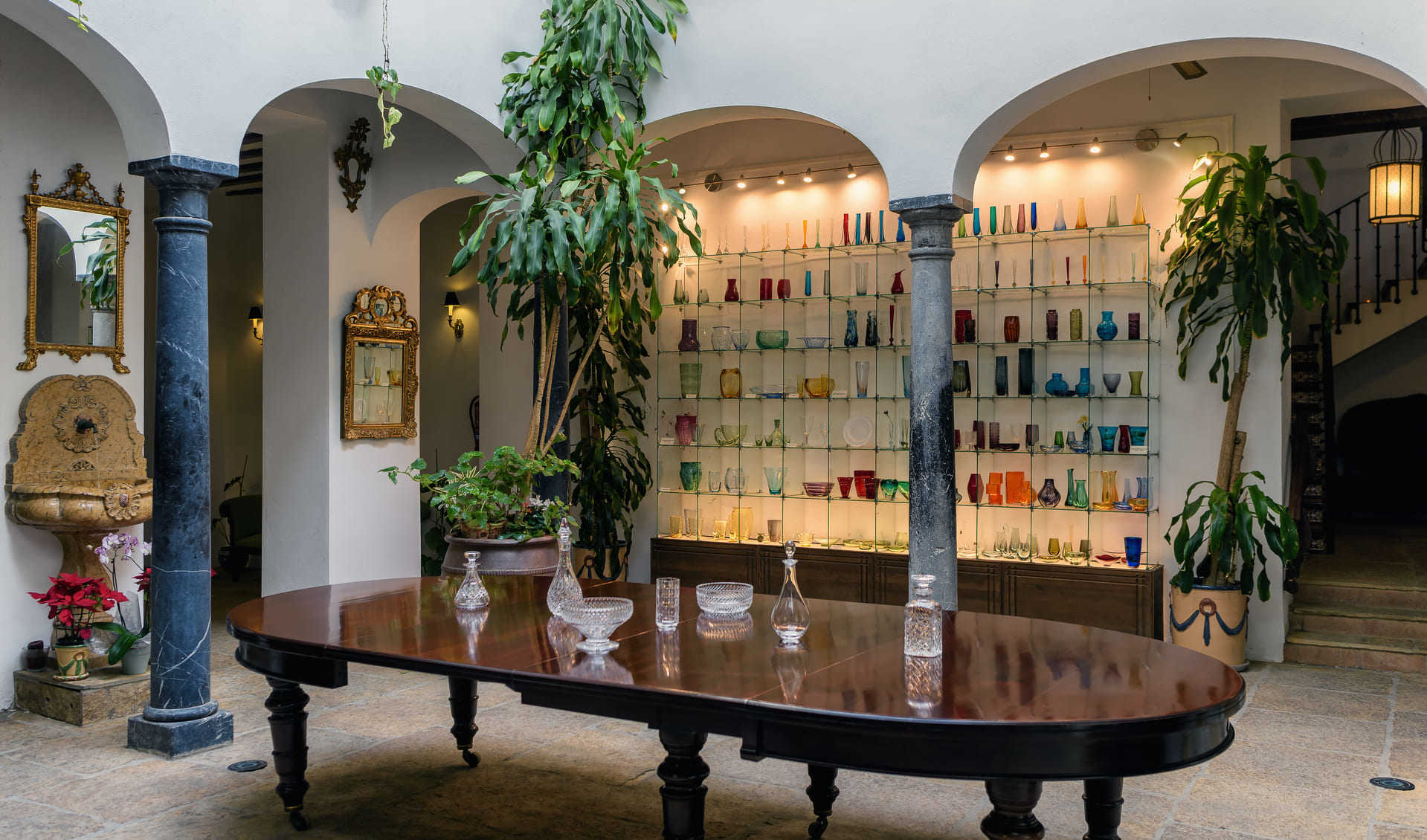
The great Mediterranean city preserves unexpected crafts. Very seaworthy is the riverside carpentry of traditional Nereo shipyards, which build boats by the sea. The Museum of Glass and Crystal displays three thousand pieces from different periods in an 18th century mansion. And its famous Holy Week motivates embroidery workshops that make authentic textile filigrees.
There is a surprisingly unknown side to Malaga that reflects the great vitality of the population. It is a city that wants to remain a place with a soul, and not just devoted to visitors. In Carretería street, the Viarca stained glass workshop is open to visitors, which is run by the master craftsman Alberto Cascón and his sons, who made the excellent stained glass windows in Málaga cathedral and the church of La Paloma in Madrid.
A live aperitif is represented by the Glass and Crystal Museum. Part of the private collection is displayed in a large 18th century house, with more than 3,000 unique pieces that show the history of glass from Rome to the 21st century. Objects made by Egidio Constantini, Peter Layton, Chikara Hashimoto and de Chihuly, the number one creator of contemporary glass. It also has 30 stained glass windows from the English Pre-Raphaelite school, from the 19th century, with work by William Morris.
Malaga is a brotherhood. TheSemana Santa is spectacular due to the size and quality of the thrones in its processions. And exceptional craftsmanship is behind this splendour, from the textile to the goldsmith.
Something that links Malaga with its pure essence is the sea, the shore that is locally referred to as "rebalaje". Old-fashioned shipyards, Nereus, a shipyard opened in the 19th century and capable of creating a replica of the 'Galveztown' brigantine, the ship used by Bernardo de Gálvez (from Malaga) in the United States War of Independence. They also make "jábegas", a rowing boat that has so much tradition and Phoenician aroma that it is still used to compete among the coastal towns.

